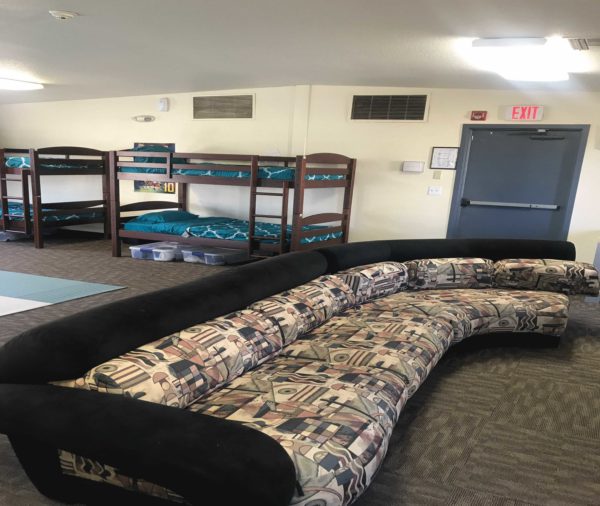
We eat sleep and live in Room 198. There are about 50 kids in there and 8 or 10 beds. There are no workers inside to take care of us so the kids try to take care of one another. When the workers come to clean our room, we get to go out in the hallway. We have only been outside twice.
— K.S.P.P., 11-year-old from Ecuador, at Clint Border Patrol station
As hundreds of migrant children languished in Border Patrol facilities at the Texas border this summer, the mammoth bureaucracy charged with taking them in found itself unprepared and slow to find space in increasingly full shelters.
The Department of Health and Human Services now says it needs up to 20,000 beds in permanent, state-licensed shelters nationwide to ensure that migrant children are never again left sleeping on concrete floors in border holding cells or shipped to unlicensed “influx” shelters that child advocates say function more like jails for kids.
“We should not wait and then respond to surges in a crisis management system,” Lynn Johnson, assistant secretary of the HHS Administration for Children and Families (ACF), told Congress in July.
“We should be prepared because this continues to happen over administration to administration,” she said. “We should always have these beds available so we don’t have to put kids in influx shelters.”
MORE: The Stuff of Nightmares: Inside the migrant detention center in Clint, Texas
The U.S. system of humanely receiving and sheltering unaccompanied immigrant children at the border broke down spectacularly this summer.
Toddlers in diapers, children barely old enough to tie their shoelaces and teens made to care for tiny strangers were crammed by the hundreds into cement block cells — the border equivalent of police booking units designed to detain men.
Attorneys sent to monitor the Clint Border Patrol station in June as part of the landmark Flores settlement found the children hungry, sick, dirty and held for days. In sworn statements, the children described the conditions in their own words.
By the government’s own standards, they shouldn’t have been there — not in such numbers, not for so long. HHS’ Office of Refugee Resettlement is required to take the children into the care of its shelter network.
“We were desperately trying to tell them, ‘We don’t have the cell space, the holding space, food contracts,'” said Matt Harris, patrol agent in charge of the Clint station, said of Border Patrol’s conversations with ORR at the time. “‘If one of us is going to be over capacity, at least you have the basics.’ There is only one legal avenue for me to transfer those children. They absolutely have to go to ORR, by law. So that was my only option.”
HHS data reviewed by the El Paso Times show the agency’s Office of Refugee Resettlement always had beds available for some children — including in May and June, during the height of the crisis.
Texas alone has 35 state-licensed ORR shelters with permission to host about 6,000 children. The state has also been home to several unlicensed, temporary shelters over the years including at Tornillo and in Carrizo Springs.
“The way the system was supposed to work was that when those numbers were going up, the agencies would talk and meet and minimize the risk of backup at the border,” said Mark Greenberg, who headed ACF under the Obama administration and is a senior fellow at the Migration Policy Institute in Washington, D.C.
MORE: Democratic Congressional delegation visits El Paso, denounces ‘Remain in Mexico’ policy
Greenberg had been through a similar crisis in fiscal 2014, when the number of unaccompanied minors arriving at the Southwest border more than doubled in May and June, overwhelming the shelter system. Based on that experience, DHS and HHS began coordinating more closely, constantly looking at shelter capacity, the discharge rate to sponsors and the number of children in CBP custody for more than 24 hours.
“A mystery here is whether that tracking was going on, whether they were talking to each other,” Greenberg said. “When did they become concerned and what did they do?”
It was all over in a few weeks. Within days of a public outcry over conditions at the Texas border stations — beginning even before Congress approved an extra $2.9 billion in funding for HHS — the agency had shifted hundreds of children out of Border Patrol custody into shelters.
The immigration agents separated me from my father right away. I was very frightened and scared. I cried. I have not seen my father again. I have had a cold and cough for several days. I have not seen a doctor and I have not been given any medicine. It is cold at night when we sleep. I have shoes but no socks. Initially, I had to sleep on the floor, but now I have a bed.
– J.I.I.Z., 5-year-old from Honduras, Clint Border Patrol station
There was never ‘no vacancy’
HHS started out the year managing a maximum of about 15,000 beds, with about 11,000 kids custody in January. The system was at 82% capacity — manageable — when the number of child migrants arriving at the Southwest border began to climb.
“The numbers were definitely going to keep going up,” said Harris. “We were well aware of that. Our intel was telling us the flows even at the southern Mexican border, so we understood what the dynamics were. We had every expectation of that volume increasing.”
Five thousand children arrived at the border without parents or a legal guardian in January. The number rose to nearly 7,000 in February. Then came 9,000 children in March. Another 9,000 in April. By the peak in May — at 11,476 — the bottleneck at the border had tightened like a noose.
“HHS and ORR were not holding up their end of the deal,” said Pete Hermansen, a former Border Patrol director of special operations. “Border Patrol was moving thousands, and they were moving hundreds.”
At the time, HHS shelters were only just recovering from two crises in 2018, provoked by the Trump administration’s family separation policy and a directive that required fingerprinting every adult member of a potential sponsor’s household.
Family separation rendered more than 2,600 children “unaccompanied,” putting pressure on the HHS shelter system, while the fingerprinting directive left undocumented parents and other potential sponsors terrified of coming forward, fearing deportation. The average number of days migrant kids spent in ORR shelters stretched from 52 days in 2017 to a peak of 93 days last fall.
The government reversed the fingerprinting directive in December, and managed to move 8,000 children out of ORR custody to their sponsors in the span of 30 days, ORR Director Jonathan Hayes told the House appropriations committee in July — a sign that ORR was capable of acting quickly.
But it still took months to bring a child’s average length of stay in ORR custody down to 45 days in May, which meant shelters were backed up even as the number of arriving migrant children was on the rise.
That’s another reason why, despite its network of 120 state-licensed facilities in 23 states plus 48 additional shelters, “capacity at ORR has oftentimes been inadequate to receive detainees within 72 hours of their apprehensions, even if the processing has been completed,” Special Master Andrea Sheridan Ordin said in an August filing in the Flores agreement.
ORR’s ability to increase capacity, she wrote, “cannot necessarily be generalized when, for example, a sharp influx of (unaccompanied children) arrives when the population may already be near capacity.”
Documents provided to the El Paso Times through a FOIA request by the nonprofit American Oversight reveal what a list of unavailable beds looked like in 2017, offering a window into the complexity of shelter management.
Loading…
The HHS shelter network could have anywhere from 10 to nearly 500 beds offline on any given day due to reasons including “repairs,” “staff shortage,” “facility issues,” “pending birth,” “medical isolation,” “inclement weather” and, sometimes, for “no reason provided,” according to the documents.
“Once you exceed that 90 percent capacity of your permanent shelters, it does get very difficult to place children in permanent capacity because beds come online and go offline for various reasons,” Hayes told the House Appropriations Committee, adding that “not all (unaccompanied children) are created equal” and some may need special accommodations.
Elora Mukherjee, director of the Immigrants’ Rights Clinic at Columbia University and one of the monitors who interviewed children at Clint, said “that excuse doesn’t make sense.”
The average time children were being held at Clint had stretched from 39 hours in January to nearly 144 hours — six days — in June, according to Border Patrol.
“Even if ORR didn’t have the perfect bed available for a 2-year-old child,” she said, “most ORR beds would suit that 2-year-old better than leaving him alone at Clint. What were they thinking?”
While I still had a fever, I was transported here to Clint station. I have been at the Clint station for about 17 days. In the place I am, there have been about 70 boys in my cell, but now there are fewer boys, perhaps about 40 boys. They are mostly around 11 to 17 years old but there are younger kids, too. The 3-year-old had a brother with him. The 4-year-old came to the United States with an uncle but they separated him so he has no one here. It is very sad here. We all want to leave.
– L.G.L.L., 12-year-old, from Guatemala, Clint Border Patrol station
Money was ‘running out’
The average shelter occupancy rate hit 92% in May, and by early June, Border Patrol had as many as 2,700 children detained in its border stations — the peak of the crisis.
According to the Department of Homeland Security and HHS, money was the issue. The agencies sent members of Congress a desperate letter on June 12. Without an emergency appropriation, the letter said, “HHS anticipates running out of funding as soon as this month.”
The letter said that, on June 10, Border Patrol had 1,900 unaccompanied minors in custody and “HHS had fewer than 700 open beds in which to place them.”
Border Patrol said agents at Clint were consistently making requests for placement to ORR within 24 hours, or 48 hours if the child was apprehended at a far-flung station and transported. Harris said about two years ago, Border Patrol modified its national system to automatically notify ORR when an unaccompanied child was entered into custody.
The bottleneck was at the shelters, according to the HHS letter to Congress.
YetHHS monthly statistics over the past two years show a consistent margin of 1,000 to 2,000 available beds, on average, for unaccompanied migrant children even at the system’s most crowded.
Specifically, on June 17 — the day independent monitors found more than 250 children in overcrowded conditions at the Clint Border Patrol station designed to hold 105 adults — HHS had 512 beds available at shelters, according to records provided to the Associated Press.
At the same time, the number of children arriving at the border and ORR’s ability to move kids out of shelters to their sponsors can vary significantly on a daily or weekly basis.
The El Paso Times requested specific daily bed capacity numbers from the Administration for Children and Families, but none were provided. ACF also declined the Times’ request to interview Hayes. The agency has not responded to a Freedom of Information Act request for similar data.
Greenberg, the former head of ACF, said the challenge for HHS shouldn’t be underestimated.
“It’s genuinely hugely hard for HHS because it never has a way to know how many children to expect next week, next month, two months from now,” Greenberg said. “But it’s still a big question how the agency can be averaging 1 or 2 or 3,000 empty beds while children are staying in CBP custody for far longer than 72 hours.”
Congress on June 30 passed an emergency supplemental funding bill to address the border crisis. The package includes $2.9 billion for HHS and $1 billion for DHS.
Border Patrol Chief Carla Provost thanked Congress for the funds in a hearing before the House appropriations committee July 25. The number of unaccompanied minors in Border Patrol custody had dropped, she said, from the peak of 2,700 in early June to 300 by the third week of July.
“And they spend significantly less time in our custody awaiting placement,” she said.
Several advocates said an alleged lack of funding doesn’t fully explain why HHS didn’t kick into high gear sooner.
Kevin Dinnin, director of San Antonio-based nonprofit BCFS , which opened the Carrizo Springs “influx” shelter on June 30, told reporters during a July tour that the effort was “too much, too late” and said the beds were clearly needed in May.
Twenty-five days later it was closed. The last 41 children housed in the 1,300-bed facility were moved to a state-licensed, permanent shelter or sent to their parents or a sponsor.
My little sister and I came from Honduras. She is 6 years old and I am 8 years old. They took us away from our grandmother and now we are all alone. They have not given us to our mother. We have been here a long time. We sleep on a cement bench. There are two mats in the room, but the big kids sleep on the mats so we have to sleep on the cement bench.
– M.Z.L., 8-year-old at Clint Border Patrol station
Open beds vs. family placements
Things have slowed down at the border.
The number of unaccompanied migrant children arriving at the southern border dropped off a cliff in July, falling 51 percent from the May peak to 5,561. Just as it did during the last crisis in 2014.
Border Patrol reassigned Aaron Hull, the sector chief responsible for the Clint border station this summer, to a temporary assignment in Detroit and brought in California’s El Centro Sector Chief Gloria Chavez as his interim replacement.
Chavez told the El Paso Times that the supplemental funding “was crucial to increasing resourcing as it relates to the humanitarian mission” and said she has been “impressed with the caliber of work invested in Clint.”
HHS leadership says it’s trying to be proactive to prevent another crisis — although the proposed solution isn’t without controversy.
Johnson, the ACF assistant secretary, told the appropriations committee in July that HHS already has grants awarded for 3,000 new permanent, state-licensed beds. And she explained the agency’s new target.
“The reason we are looking at 20,000 beds is not because we are saying that is how many we want to fill up,” Johnson said during the hearing. “We want that many beds for one critical reason: We need to have some flexibility and empty beds to care for these children.”
“Even if there are open beds,” she said, “that is better than opening up a new Tornillo or a new Carrizo.”
Mukherjee, the attorney and child advocate, says the expansion plan comes in the context of the Trump administration’s numerous attempts to restrict humanitarian-based asylum claims and should be viewed with skepticism.
“It will contribute to creating a permanent penal system for children, many of whom are seeking asylum or special immigrant juvenile status,” she said. “There is no reason to expand bed space. If we have a fair immigration system where these children actually have a fair shot of getting immigration relief, they should be with their families.”
Every unaccompanied migrant child apprehended in Border Patrol’s El Paso sector, which includes west Texas and New Mexico, is still transferred first to Clint. Agents picked up far fewer children last month: 763 compared with more than 3,200 in May.
Clint is nearly empty.
There haven’t been more than 20 or 30 children there at a time in the past three weeks, Harris said. He has packed up the cots, generators, blankets and heaters for now.
“If need be, I can rapidly redeploy,” he said. “I pray every day that doesn’t occur again.”
But there are still toddler-size car seats in the back of agents’ white-and-green SUVs.
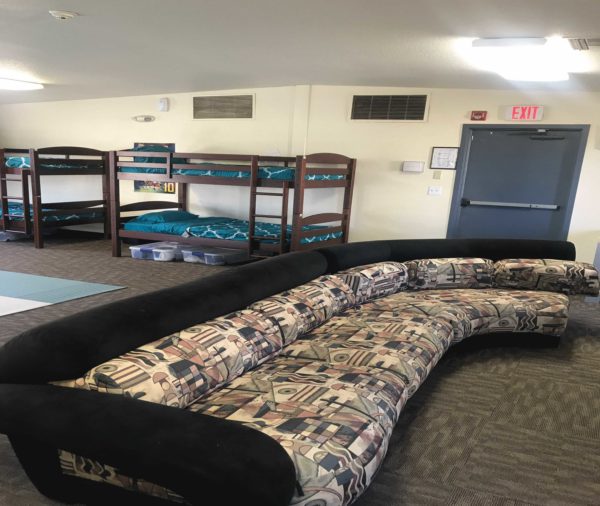
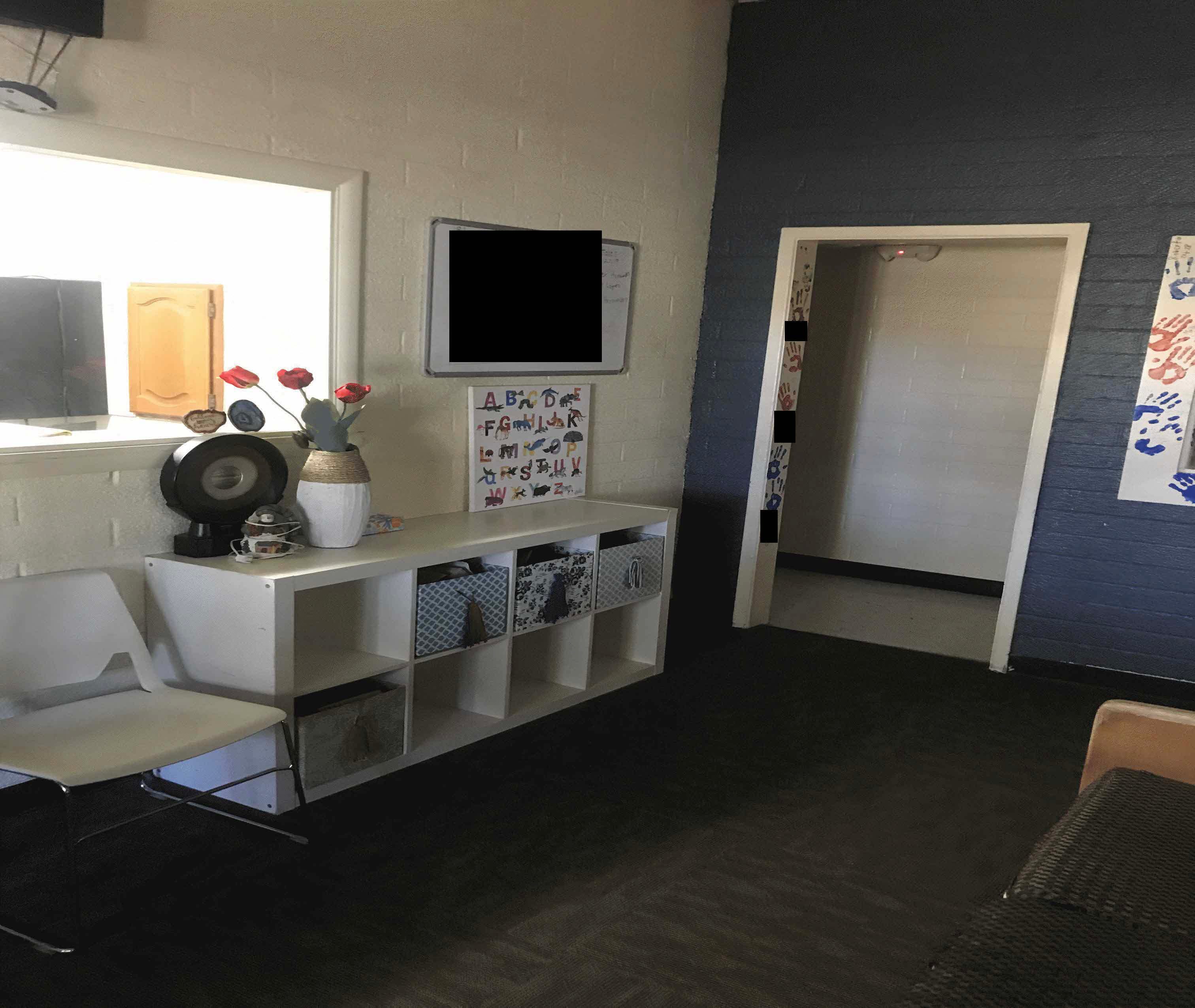
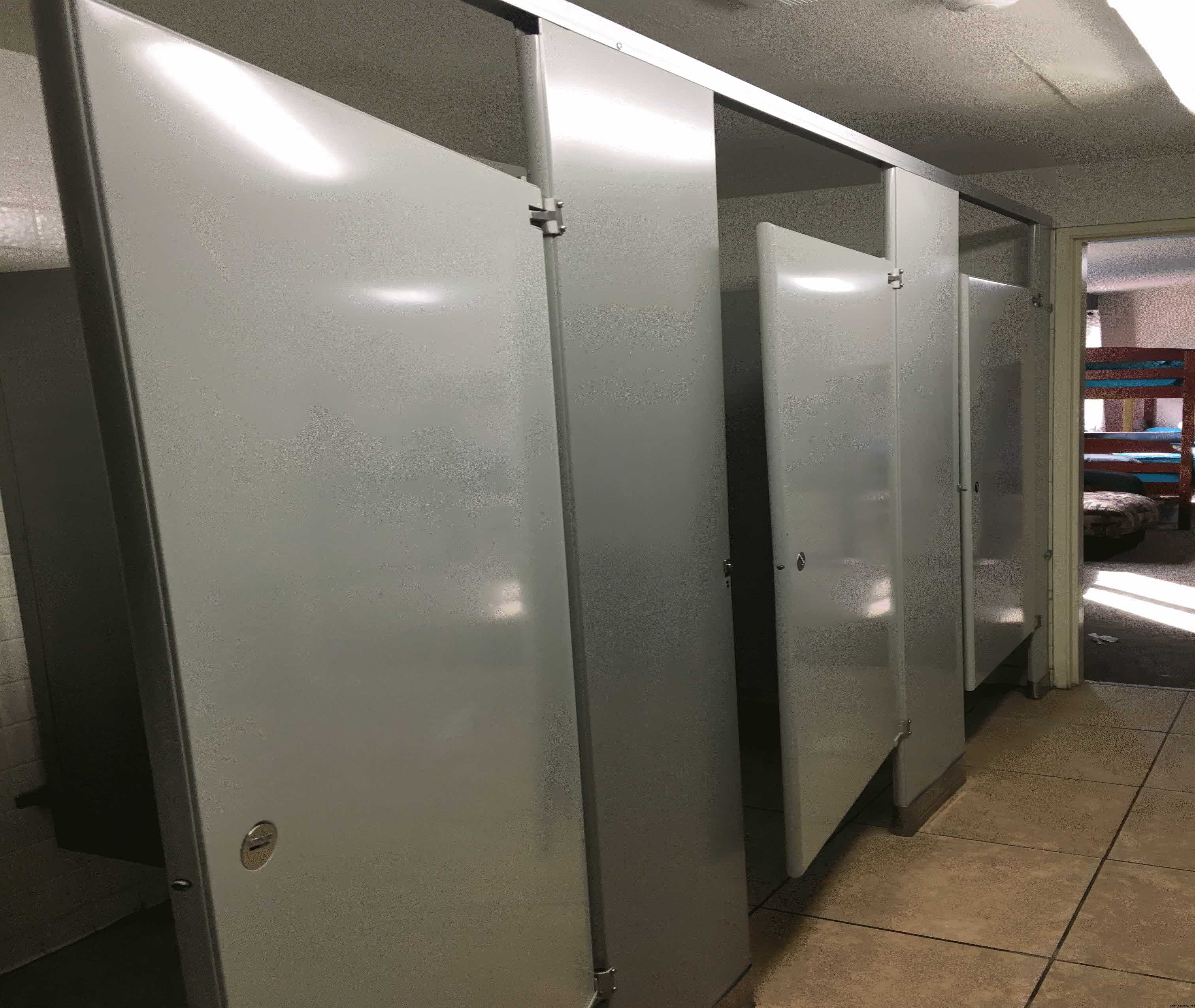
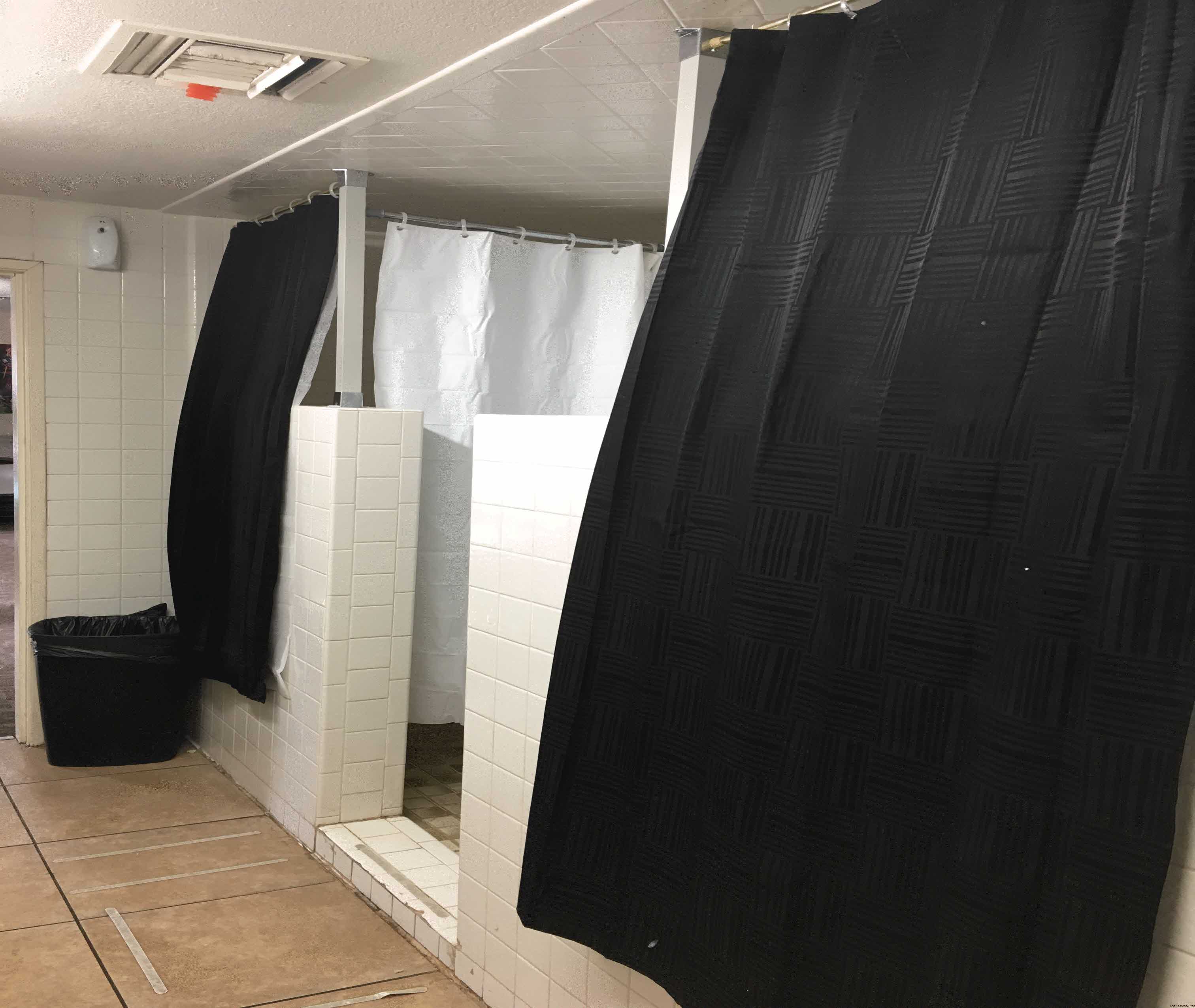
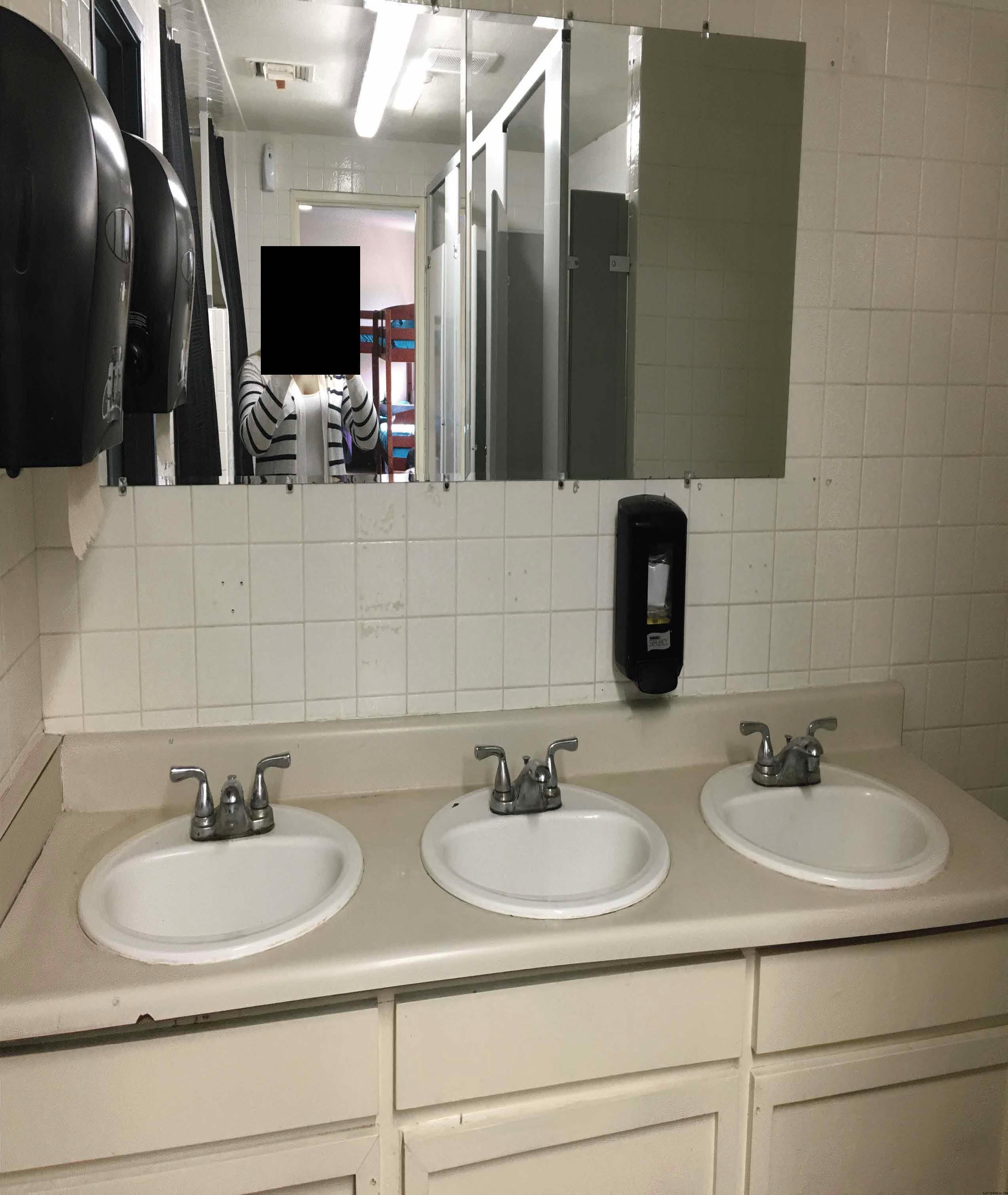
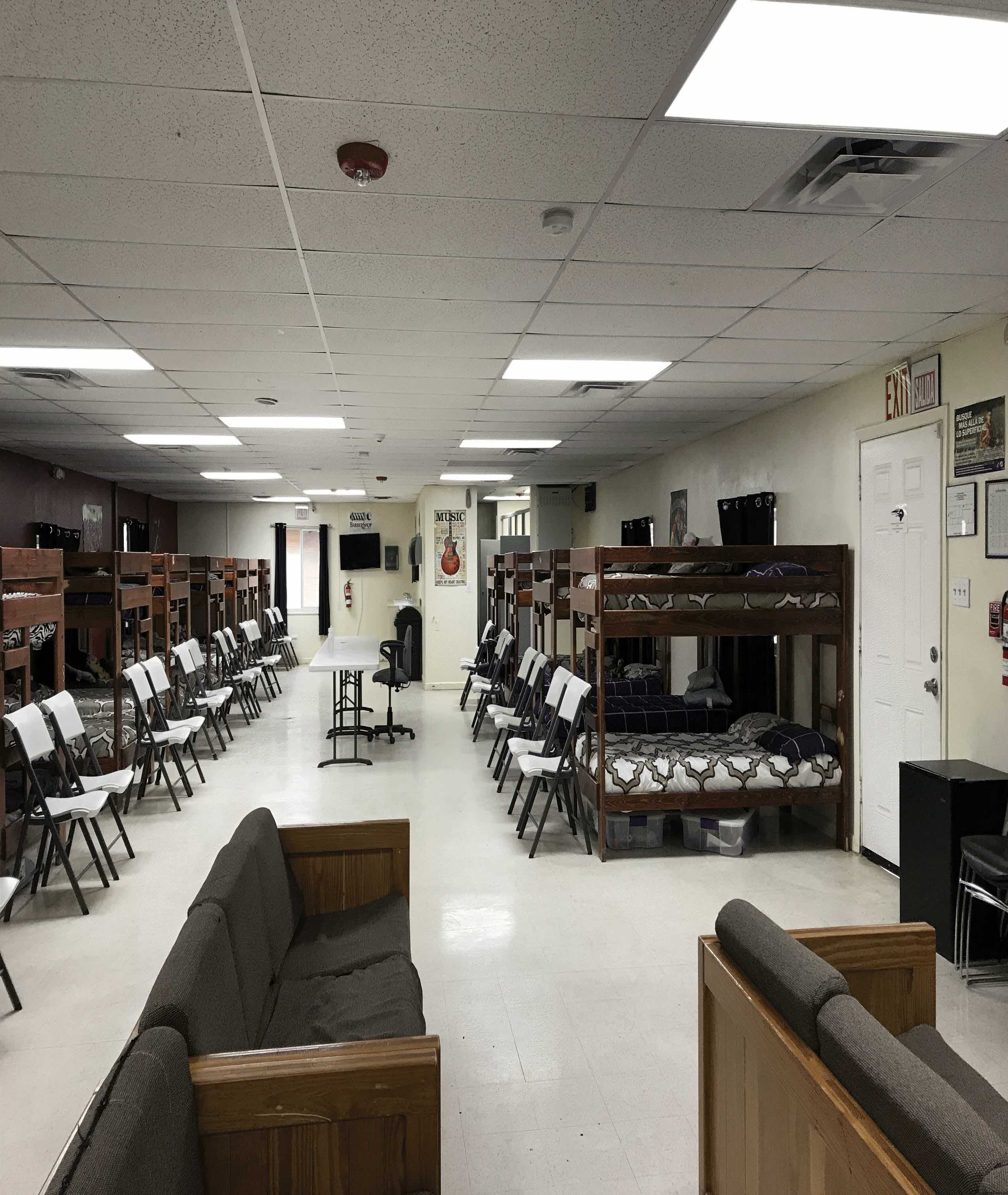
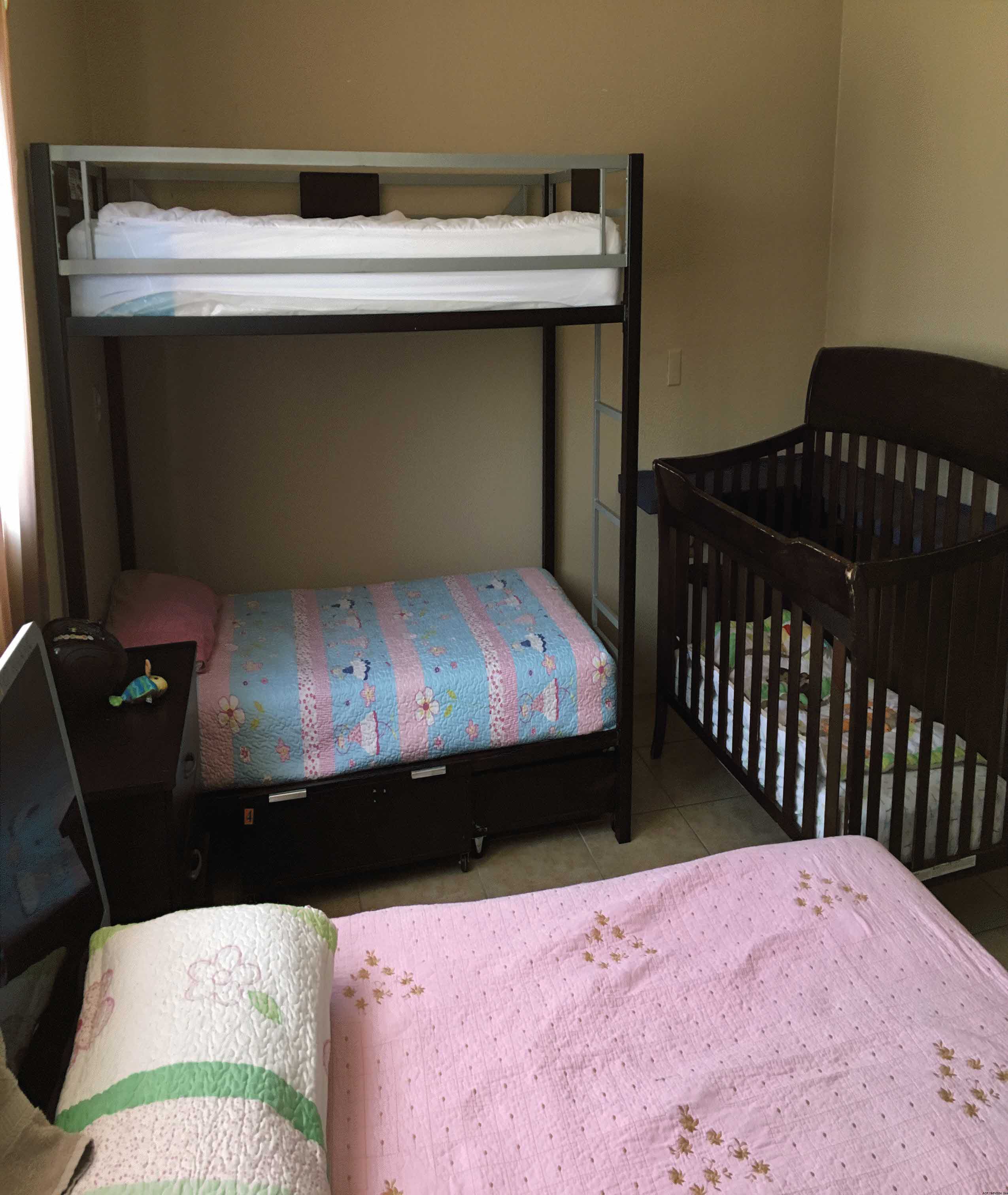
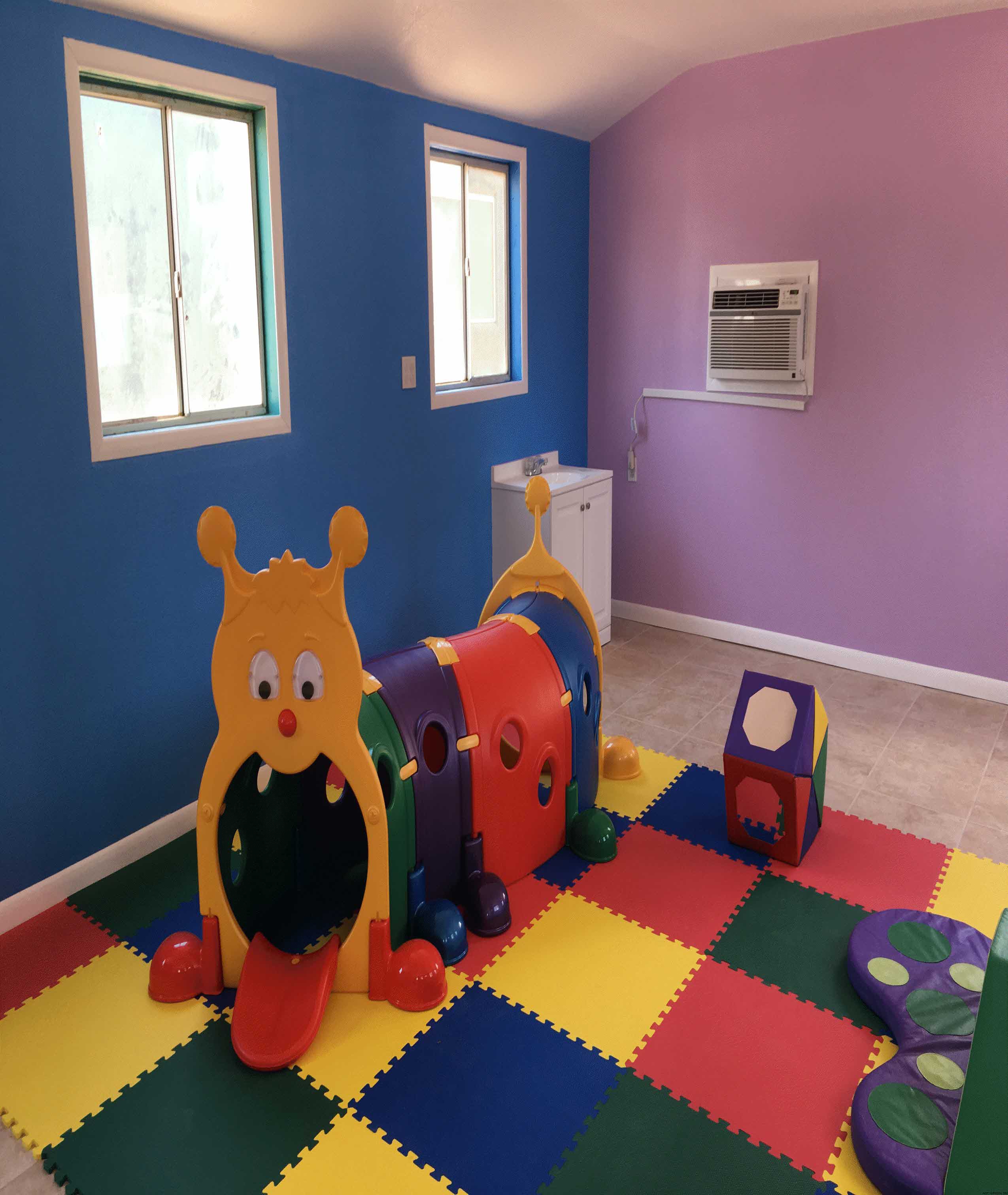
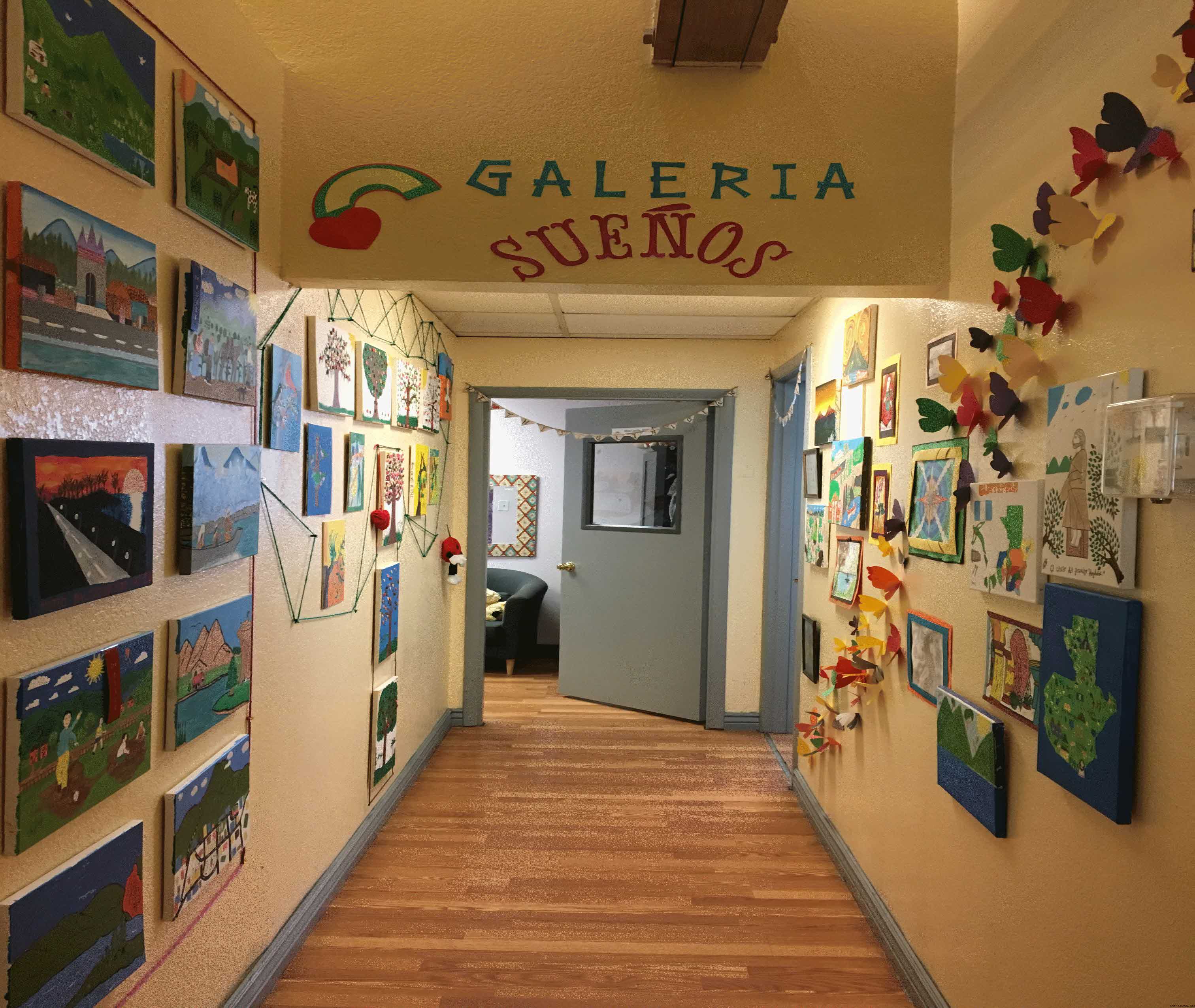
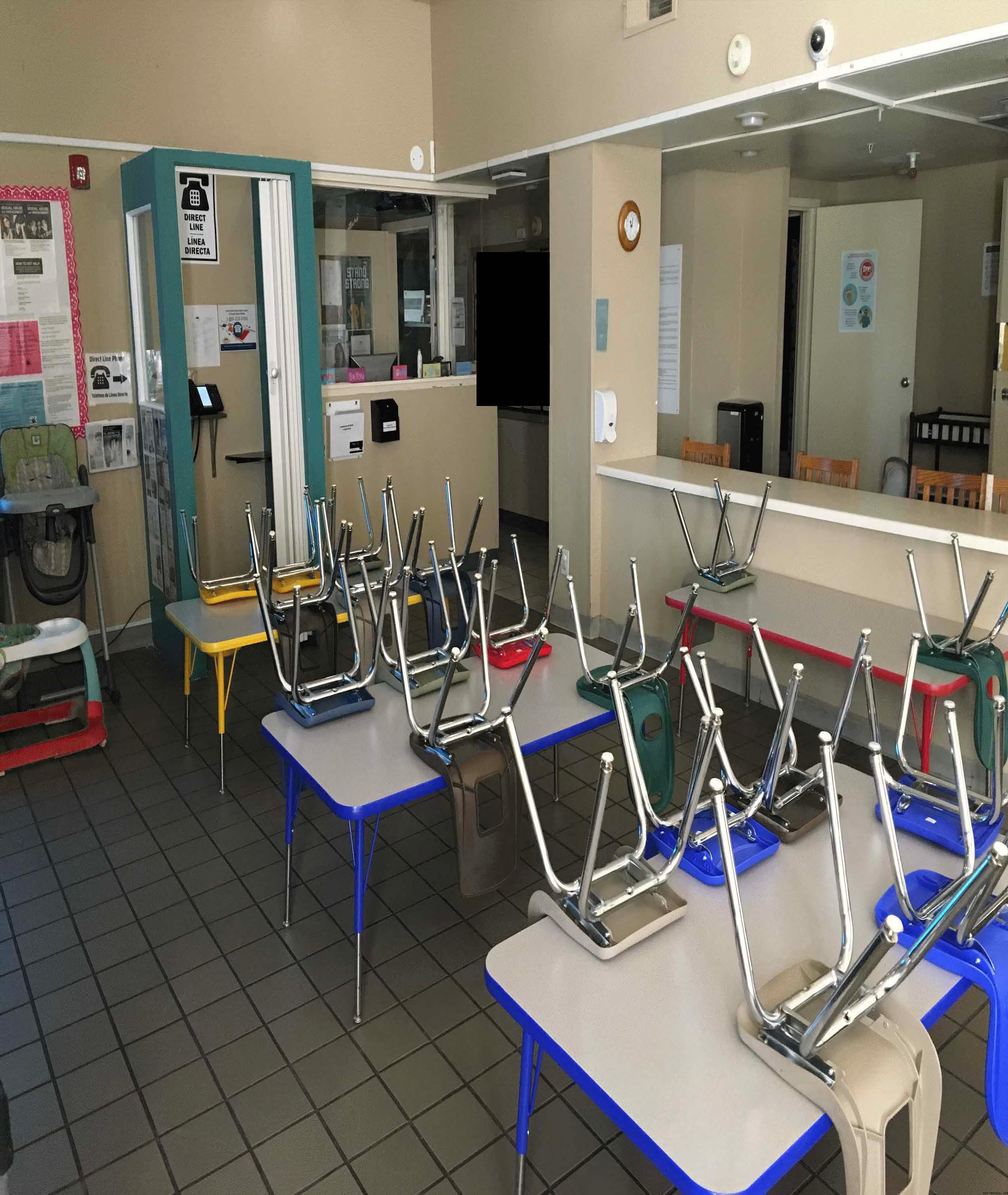
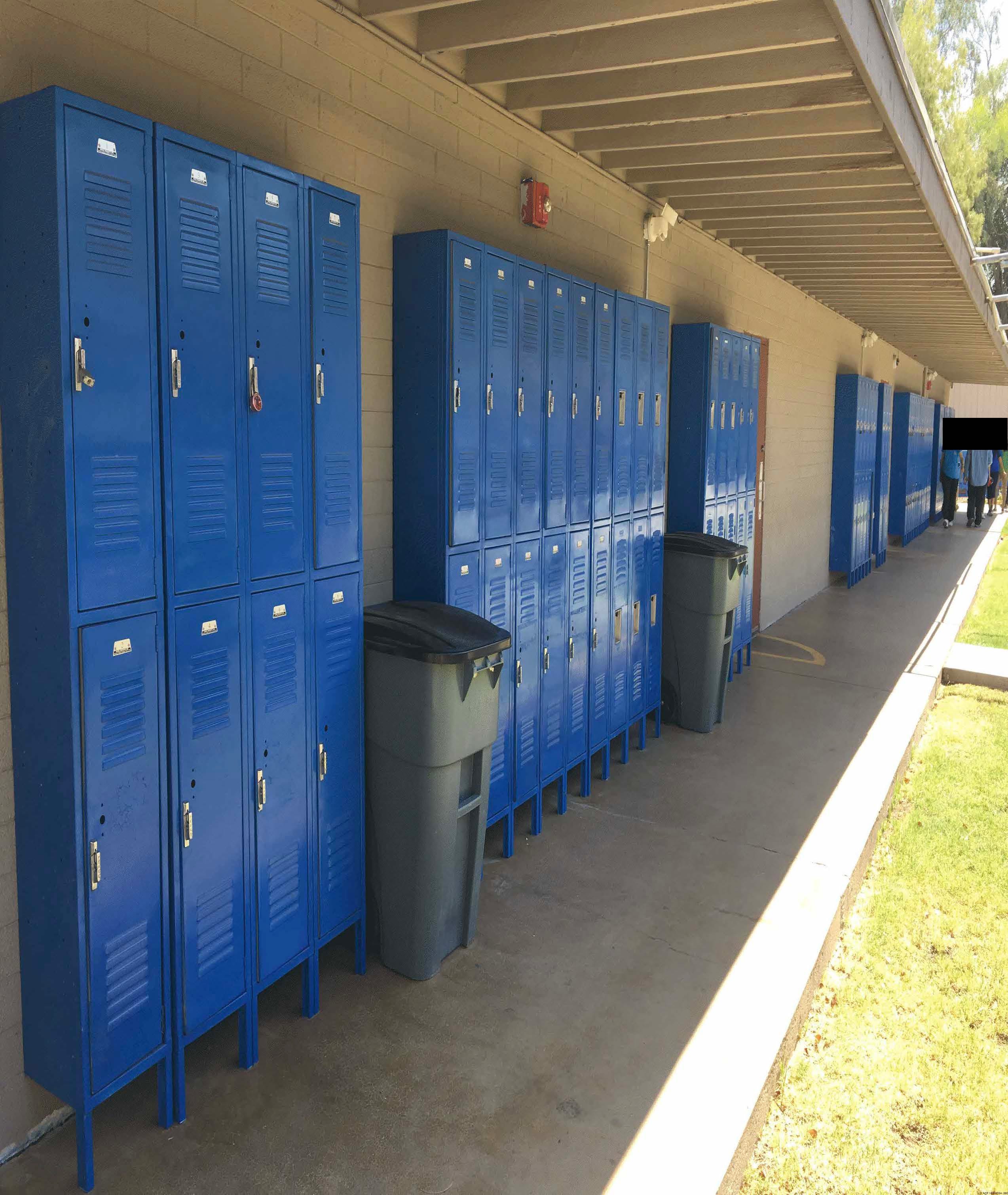
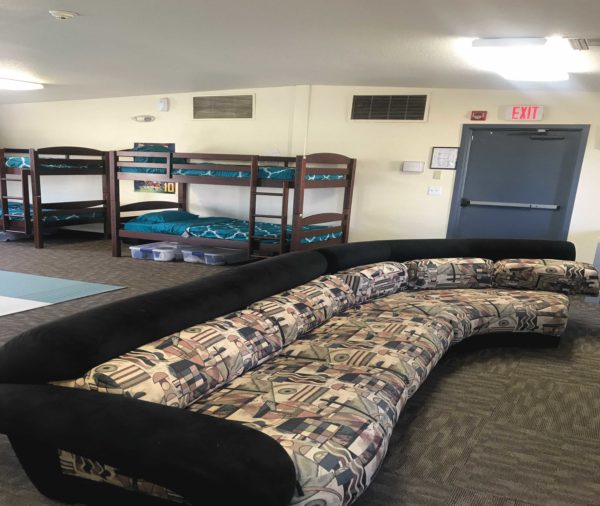 1 of 11
1 of 11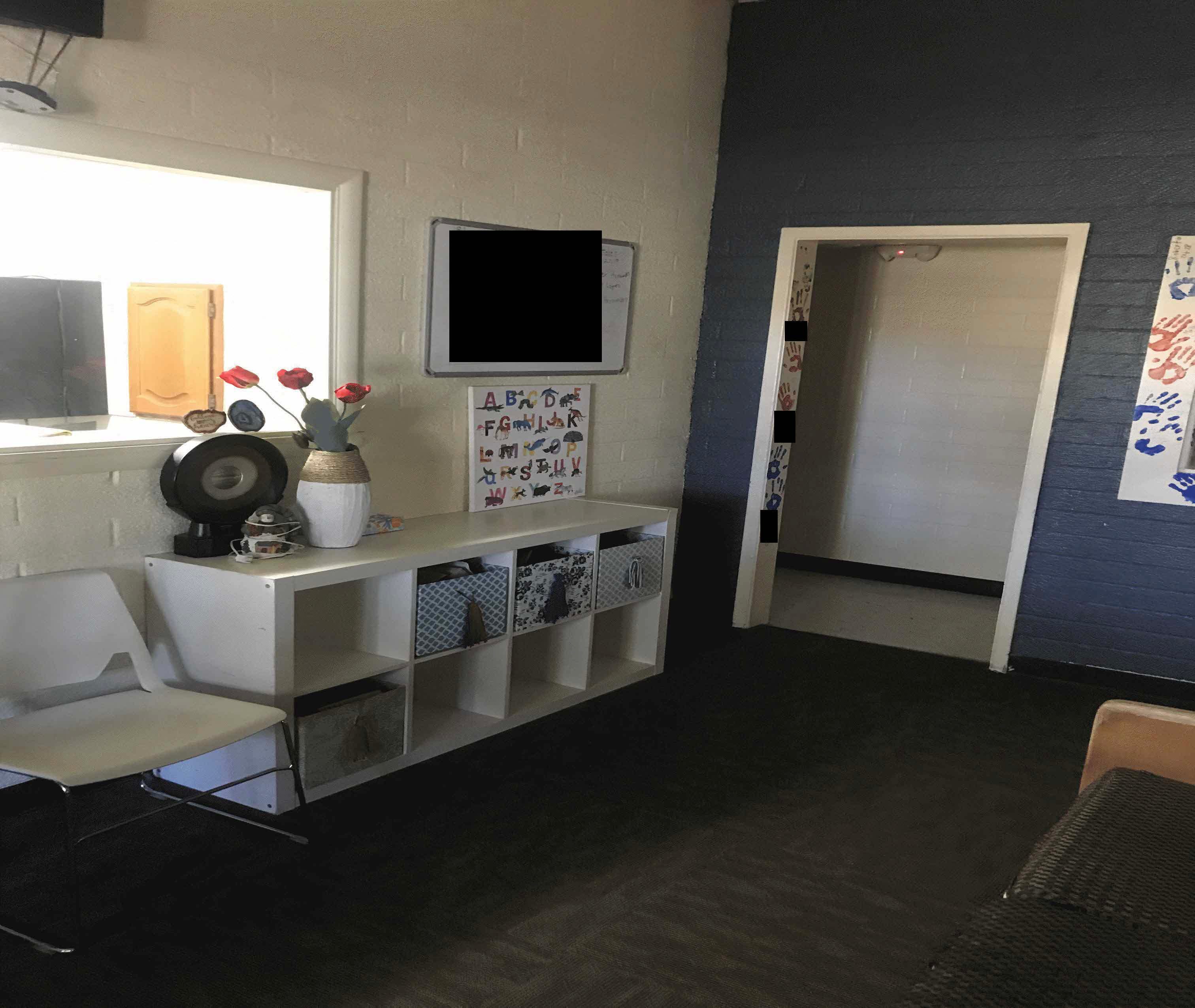 2 of 11
2 of 11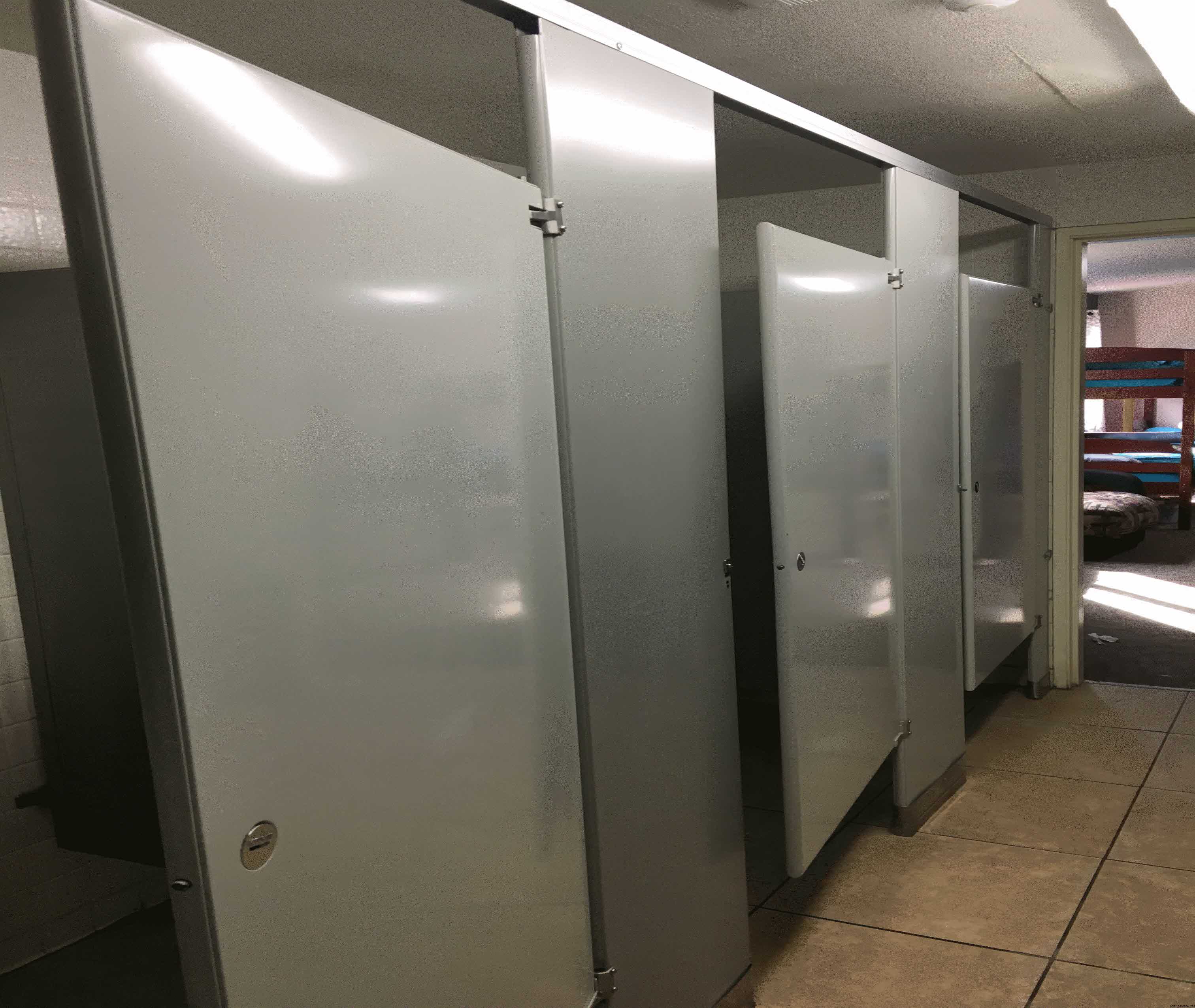 3 of 11
3 of 11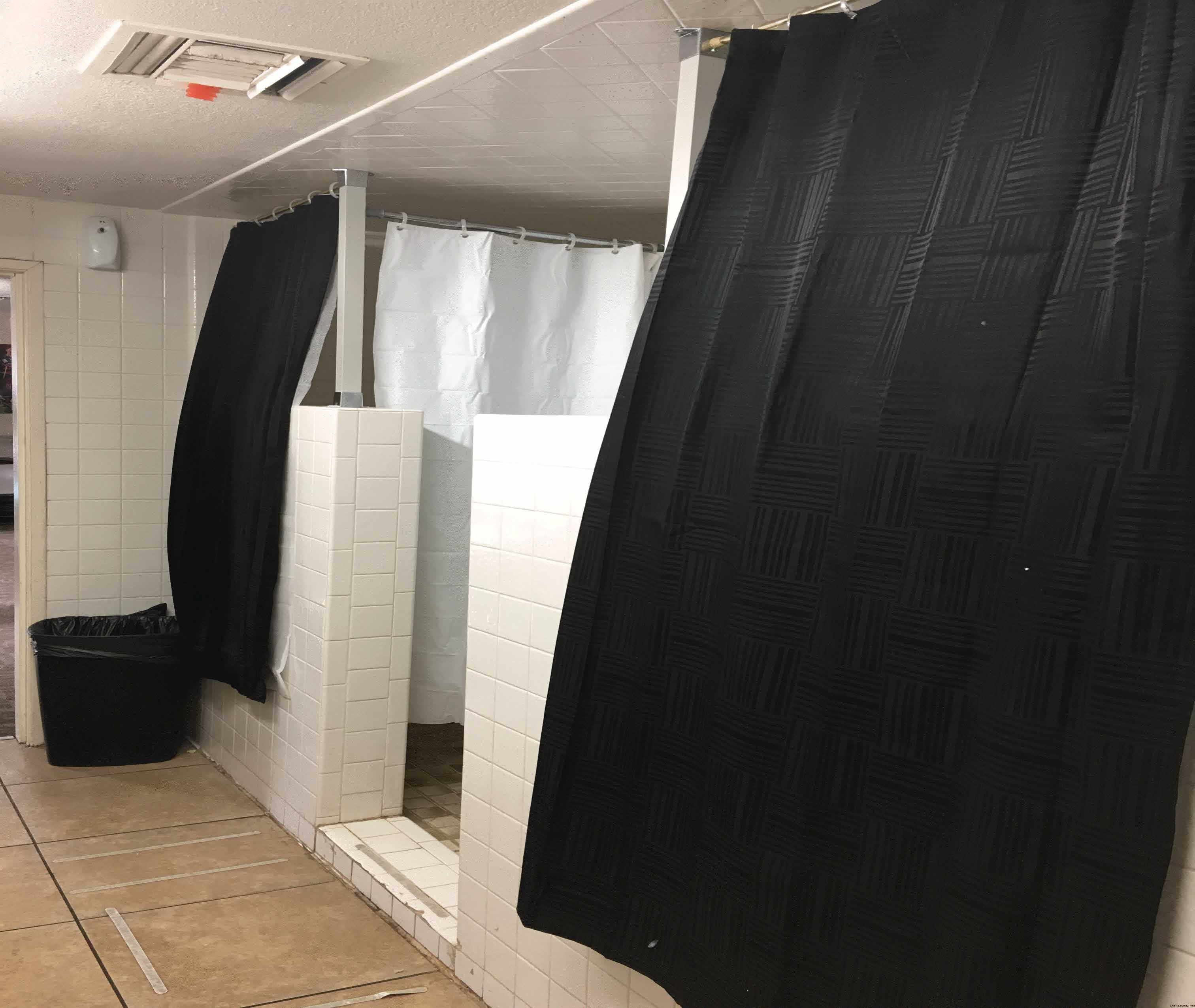 4 of 11
4 of 11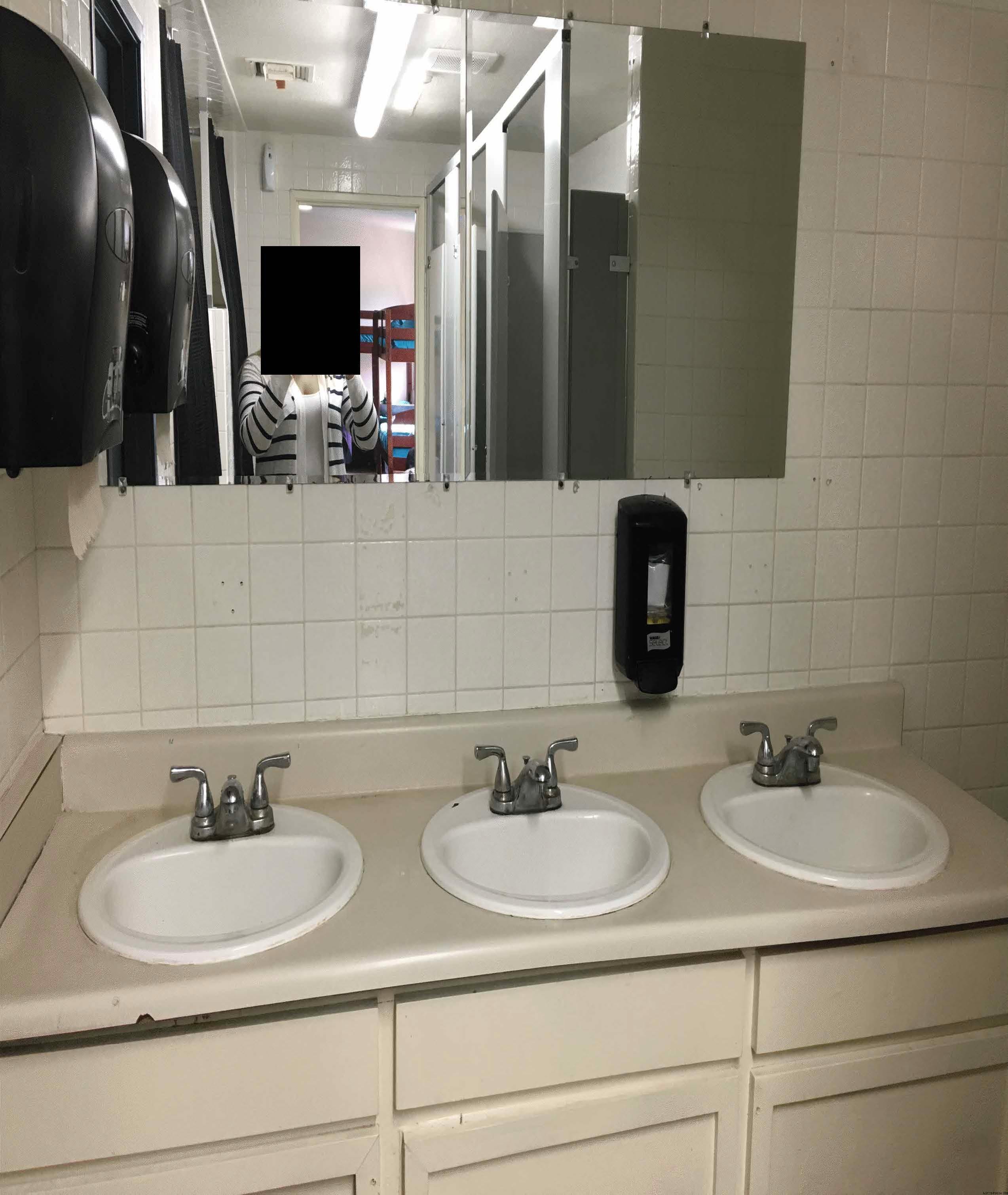 5 of 11
5 of 11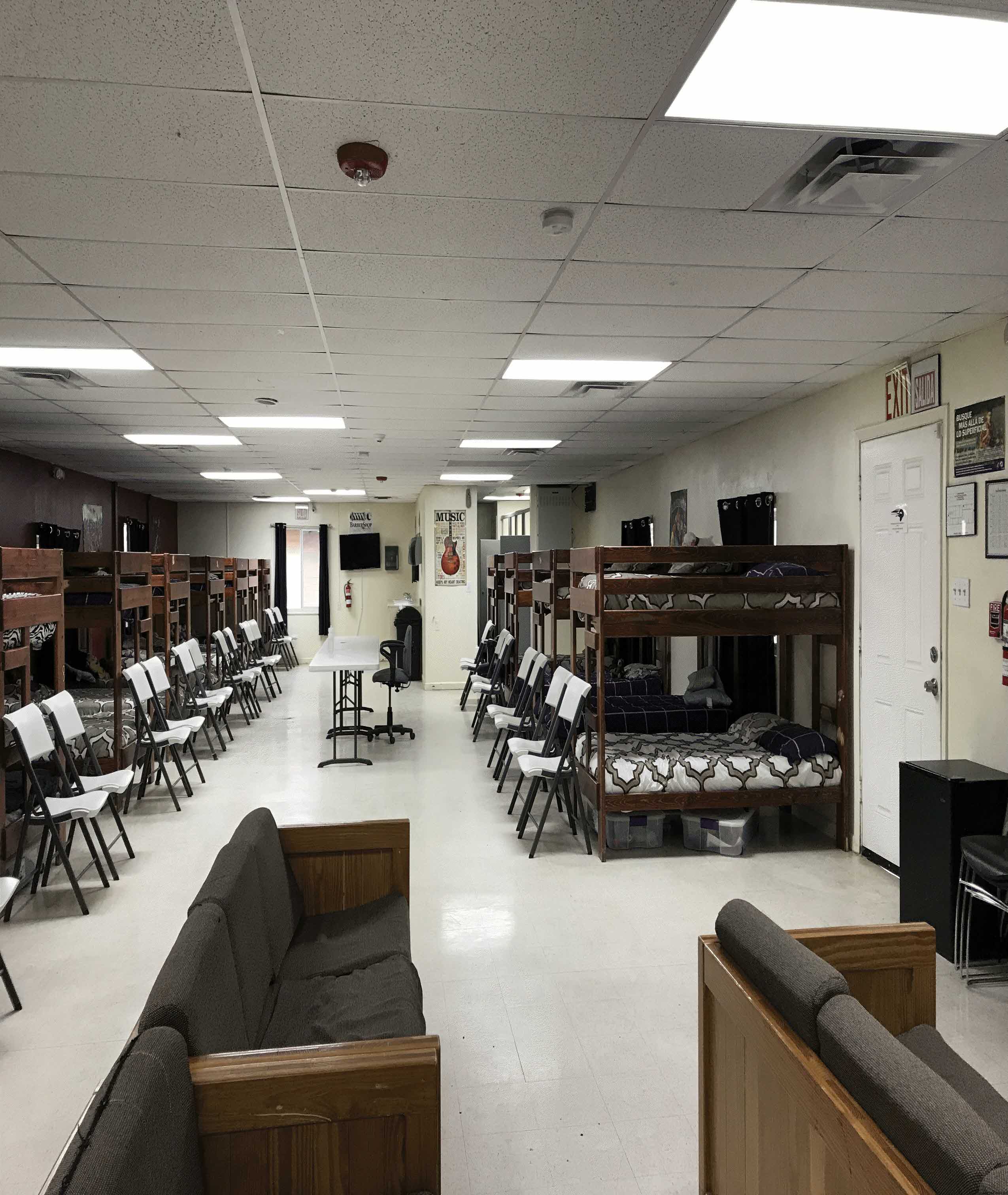 6 of 11
6 of 11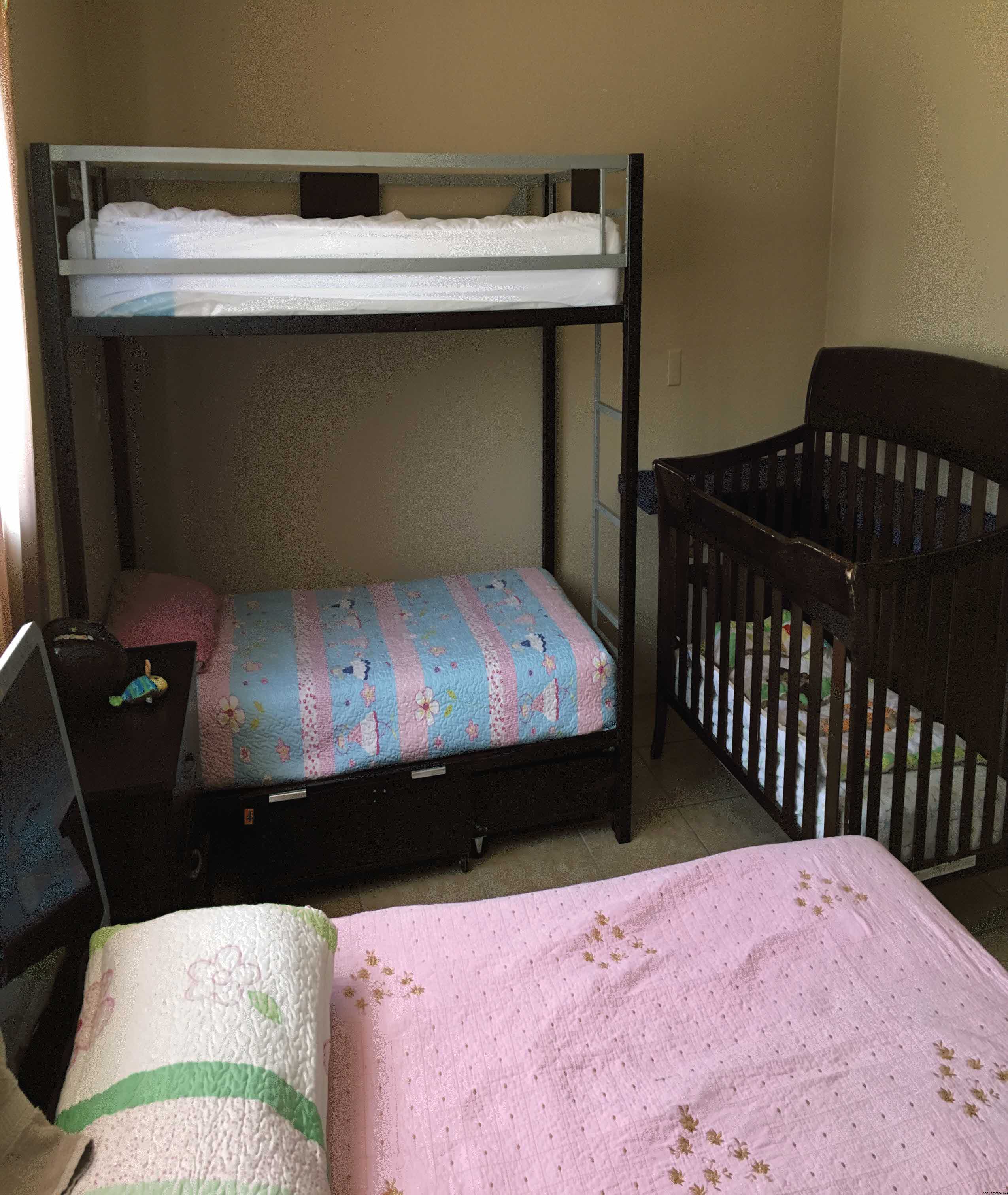 7 of 11
7 of 11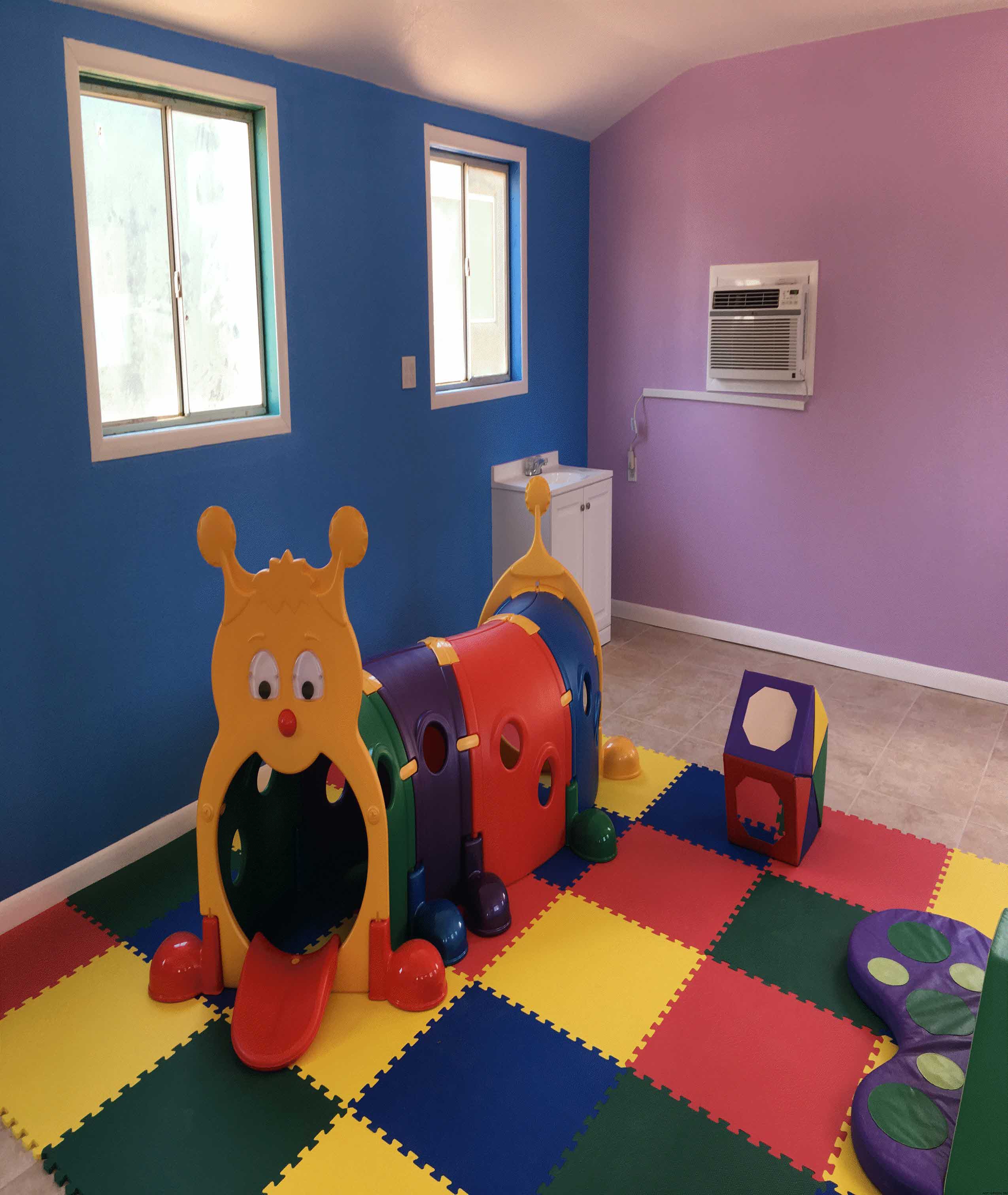 8 of 11
8 of 11 9 of 11
9 of 11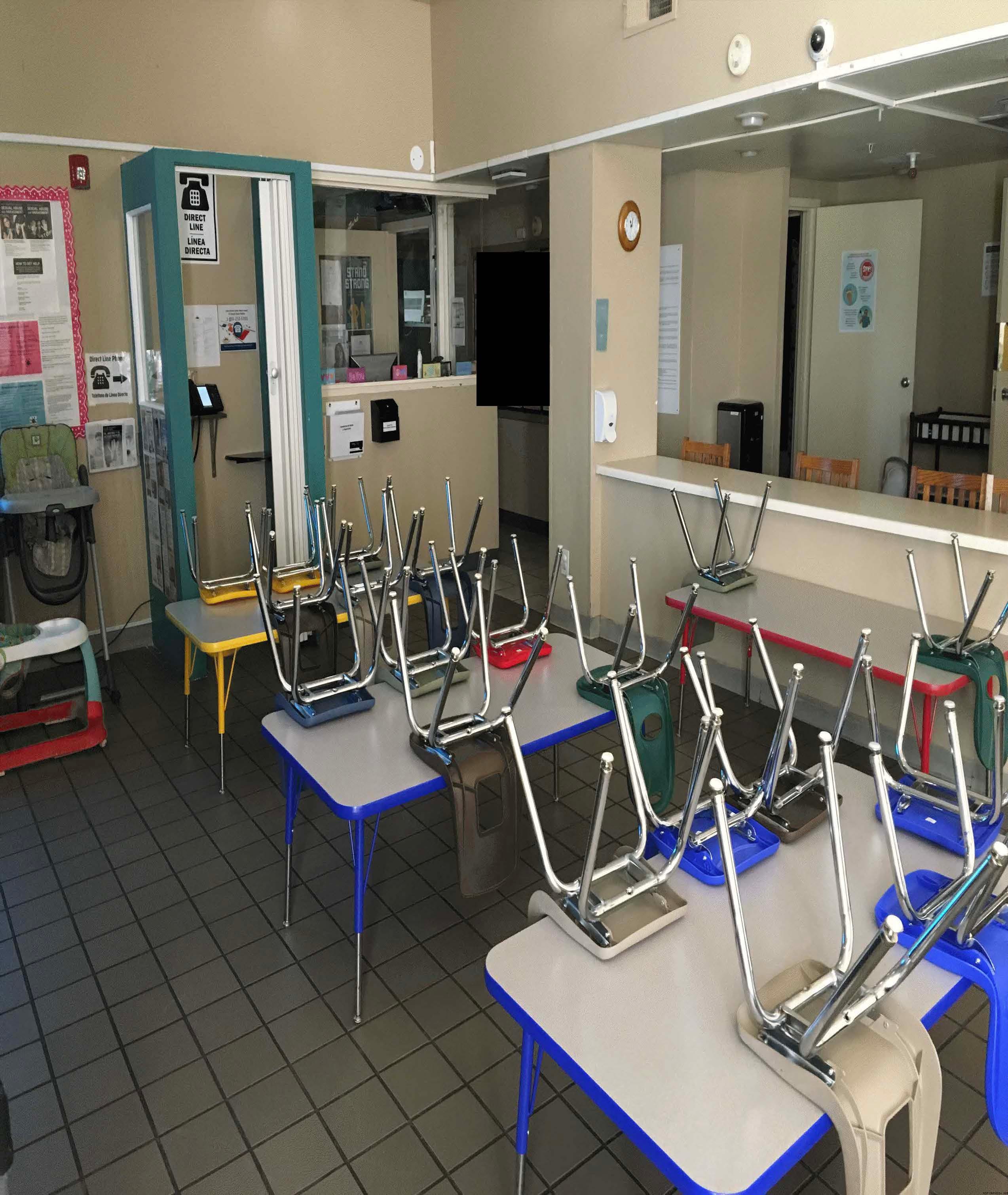 10 of 11
10 of 11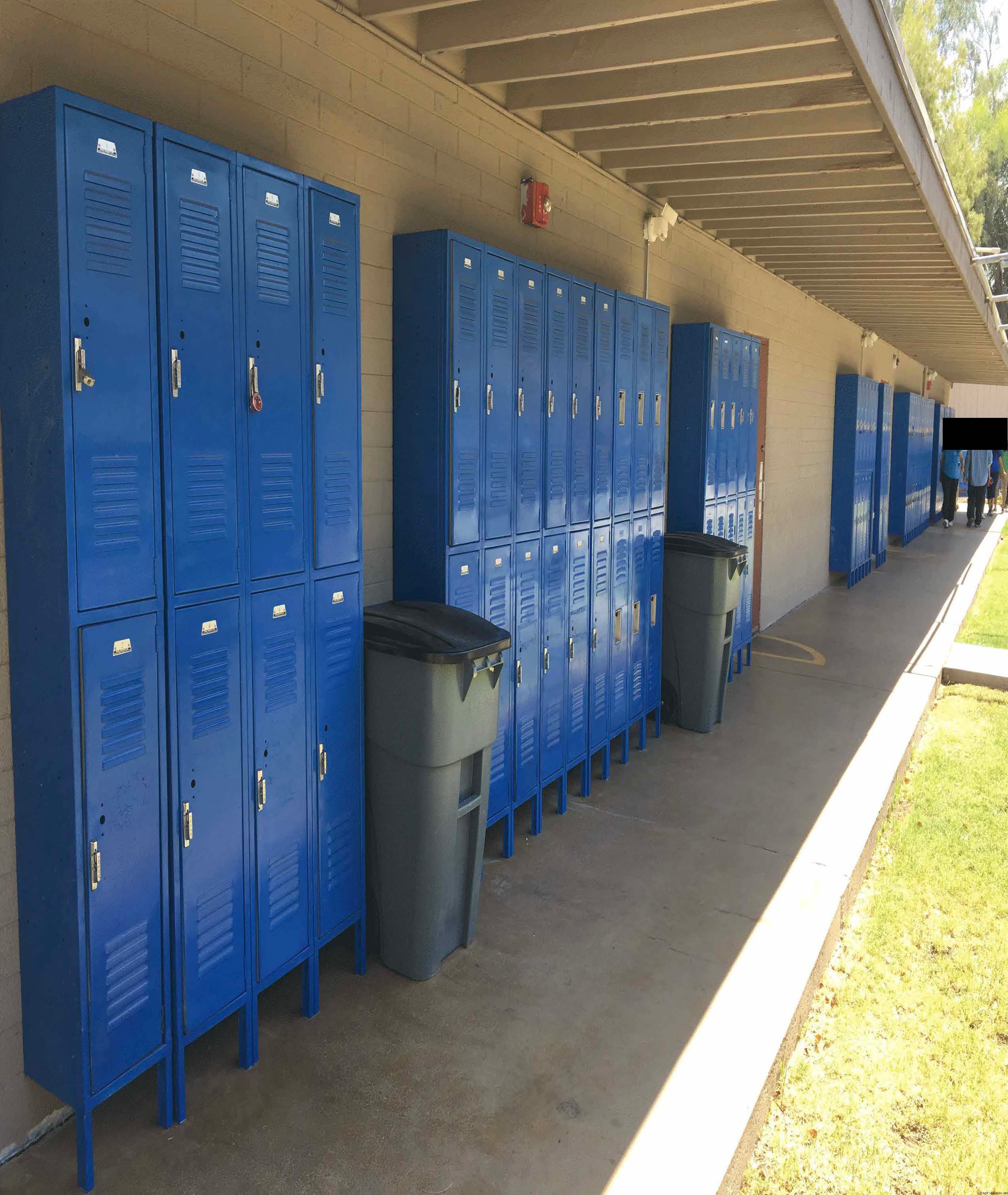 11 of 11
11 of 11